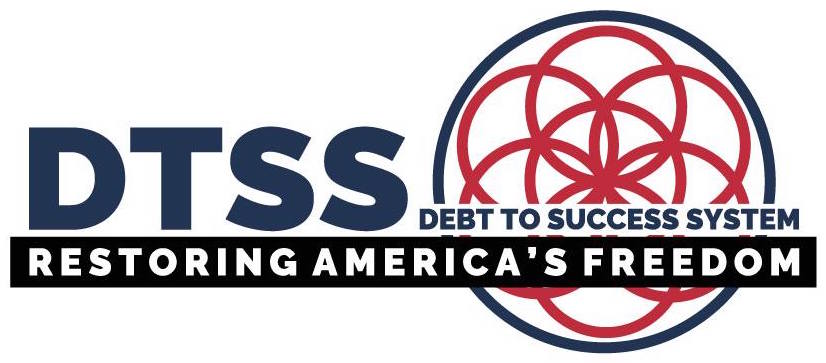
What Does the American Education Timeline Show?
The American Education Timeline Shows a Decline in Education.
What the American education timeline shows is that while the United States federal, state, and local government have increased spending per student dramatically over the past half-century, education statistics have done nothing but fall lower and lower over the same period of time.
In 1964, the government spent less than $3,000 per student and students’ average SAT scores, using that as an assessment of learning, were over 540 points.
In 1974, government funding per student had increased to nearly $5,000 annually yet SAT scores plummeted to around 510 points on average.
By 1984, government spending per pupil increased to nearly $6,000 per year yet the average SAT scores were below 510 points.
In 1994, federal, state, and local government were spending an average of $7,000-plus per student yet SAT scores were barely above 500 points.
In 2002, funding was up to more than $8,000 per student yet SAT scores were around 510.
American Education Timeline: 1960s
In 1965, under the leadership of John F. Kennedy and Lyndon B. Johnson, government spending on education rose to more than $3,000 per student per year.
In that same time, average SAT scores of high schoolers dropped to the mid 530s from 540 points in 1964.
By the end of the decade, coinciding with the time that Richard Nixon took over the Presidency, federal spending had gone above $4,000 per student annually while SAT scores continued to plummet and hit the mid 520s by 1969.
American Education Timeline: 1970s
In 1970, federal spending was up well over $4,000 for every student annually while test scores were hovering above 520 points on average.
By 1975, government spending rose to nearly five thousand dollars per student per year while the average SAT score continued its decline, falling to well below 510 points.
American Education Timeline: 1980s
By 1980, the spending by the government on each individual student had hit well over five thousand dollars per year but had no effect on the struggling SAT scores as the average SAT score hit its all time low as it fell below 500 points.
In 1985, under the Reagan Administration, education spending increased to nearly six thousand dollars per student per year while average SAT scores rose meagerly to just below 510 points.
Education in the 90s
When George Bush began his second year in office in 1990, federal education spending per student had risen to around seven thousand dollars annually but test scores dropped back down to 500 points.
By the time that Bill Clinton began his third year in office in 1995, government spending on each student per year stayed at around seven thousand dollars but test scores stayed at around 500 points as well.
Education in the 21st Century
By the end of the Clinton Administration, the government was spending around eight thousand dollars per year on each student but test scores rose only to 510 points.
Under George W. Bush, the system changed drastically as the standardized test became the ultimate assessment of students.
The government funneled more money into the system and test scores went up but did so artificially as the curriculum also changed to simply teaching the tests and not the content.

 My First Amazing Ayahuasca Experience
My First Amazing Ayahuasca Experience  Pine Needle Tea
Pine Needle Tea  The REAL Controllers of Humanity: The Papal Bloodlines
The REAL Controllers of Humanity: The Papal Bloodlines  Is it Global Warming or Cooling?
Is it Global Warming or Cooling?  Gun Rights and Obama Examined
Gun Rights and Obama Examined